Florida echoes half century of wins and losses from Endangered Species Act
A half century ago, Americans decided to no longer leave "survival of the fittest" to nature. Too many animals were dying at the hands of humans, including our nation's symbol — the bald eagle.
The Vietnam War and Watergate dominated headlines. America launched its first space station, Skylab, from NASA's Kennedy Space Center. The Yom Kippur War — Egypt and Syria's surprise attack on Israel — had just raged and passed. The Exorcist horrified audiences.
But it was the loss of wildlife that also mortified America that year. People were fed up. The public sentiment and politics aligned.
From that backdrop, on Dec. 28, 1973, President Richard Nixon signed the Endangered Species Act, the most comprehensive conservation measure the world had ever seen, giving legal leverage to stop actions that kill or harm the nation's most vulnerable species.
Florida stood at the epicenter, with many species protections that preceded the landmark law tracing their origins to the Sunshine State.
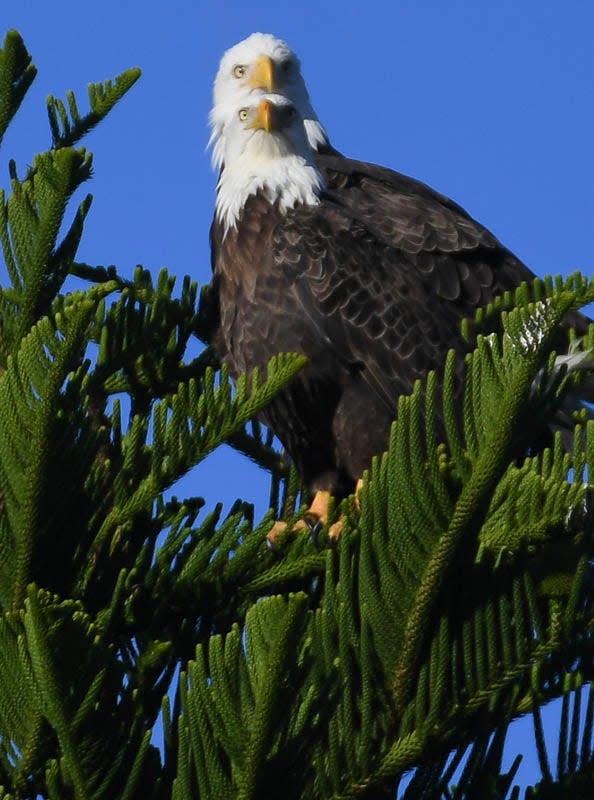
But at 50, the Endangered Species Act is having a midlife crisis of sorts, especially in Florida.
Green sea turtles grow like gangbusters. Alligators clawed their way back from oblivion. Meanwhile, scrub jays, gopher tortoises and barely known creatures such as the Titusville balm flower face seemingly insurmountable odds under the stress of more humans, pollution and global warming.
Manatees — thriving just six years ago — now starve by the thousands. Cars continue to cull the few hundred Florida panthers left, as ships keep sinking the right whale. Seldom-seen coral gets bleached to oblivion in warmer seas. And forgotten species such as the tiny opossum pipefish battle constant toxic cocktails of pesticides and algae fueled by fertilizers and sewage.
Some say the Endangered Species Act went too far, weaponizing animal rights over property rights and economic growth.
Others see new threats mounting in Florida. Invaders such as the Burmese python and lionfish thrive at the expense of native species as habitats are bulldozed to make way for the 1,000 newcomers who move to Florida each day.
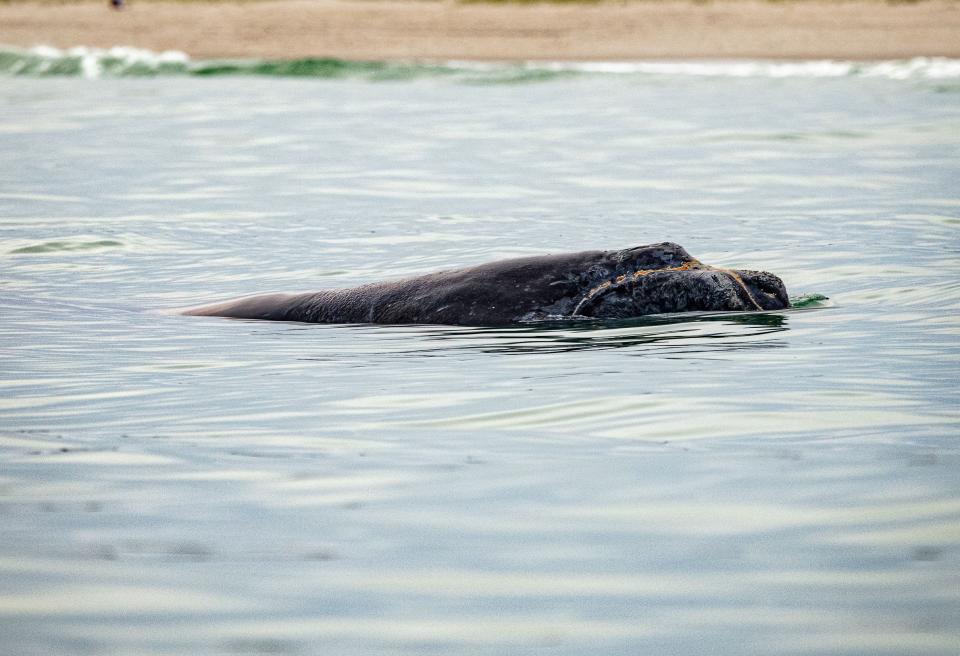
Criteria: What's the difference between 'endangered' and 'threatened' species?
Manatees: Famine sends Florida manatees back to the brink
Meanwhile, conservationists and lawyers keep fighting for Florida's wildlife — which economists say drives $5 billion in yearly economic activity — armed with the best law in their arsenal.
"I do think the Endangered Species Act is the most powerful of the federal environmental laws," said Lesley Blackner, a Palm Beach environmental attorney representing a nonprofit suing Florida for failing to protect manatees.
That power to protect has been waning in recent years, though, as development pressures persist, and the politics of growth prevail.
What does the Act do?
No other country had ever introduced anything like the Endangered Species Act before.
The law allows individuals or organizations to petition to have a species listed as endangered or threatened. If a scientific review agrees, the law requires protection of critical habitats and the development of a recovery plan for the species.
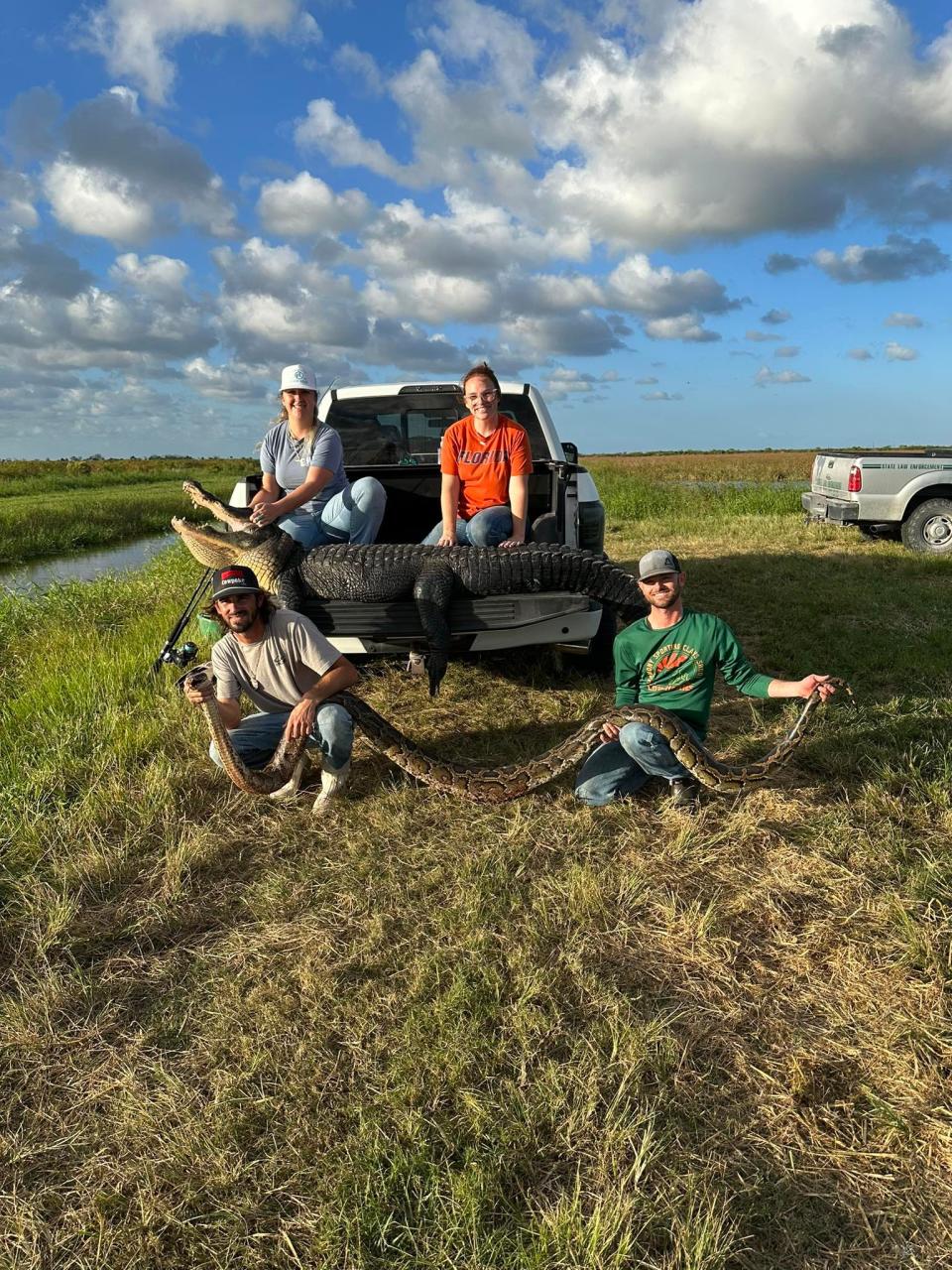
That was how the act saved the California condor, the bald eagle, the whooping crane, the manatee, and likely many others.
Federal laws make states take their environmental efforts more seriously: The act is also the main reason we can no longer shine bright lights on the beach during sea turtle nesting season, or drive whenever and wherever we want on beaches in Volusia County.
In the mid 1990s, advocates in Volusia County tapped the Endangered Species Act to force local officials to take steps to guard sea turtles as part of a court-mandated agreement that allowed the county to continue an age-old tradition of beach driving, but keeps vehicles off areas favored by nesting turtles and at night, when headlights can confuse hatchlings. Blackner litigated that case.
Now, the proof is in the nesting.
"These turtles are coming back in numbers we haven't seen in so many years," U.S. Fish and Wildlife Service Director Martha Williams told FLORIDA TODAY during a mid-July visit to Melbourne Beach.
The act also brought the legal muscle that made widespread slow-speed manatee zones possible. And it made it harder to build marinas and docks where manatees frequent, especially during mating season.
Crocs and gators: Alligators, once nearly extinct, now flourish
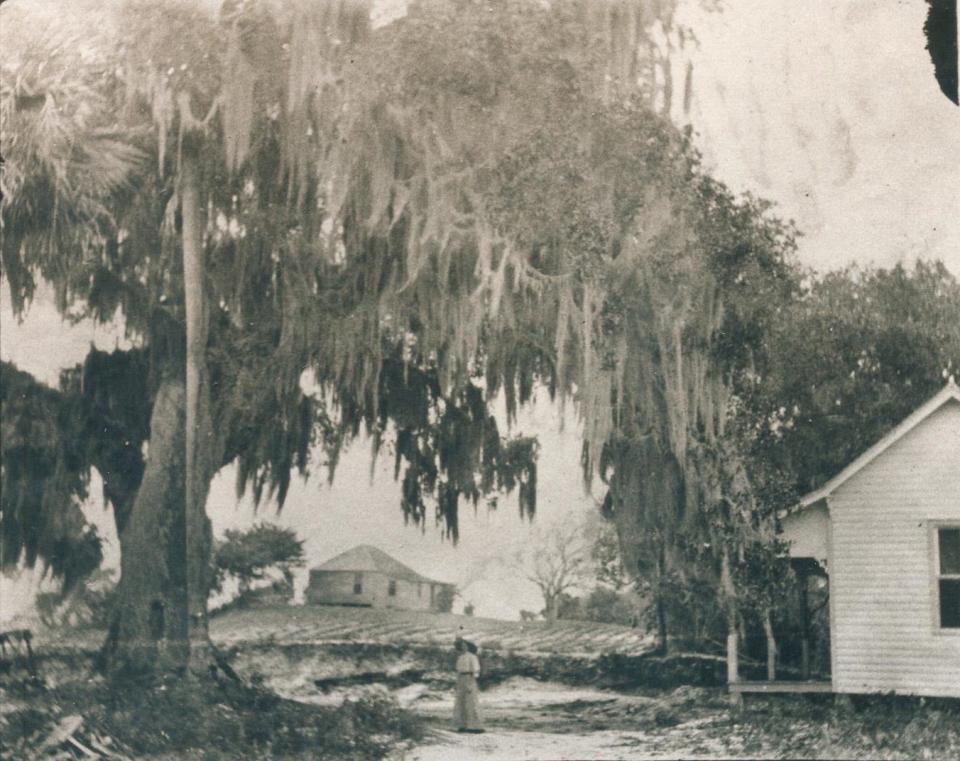
Florida blazed trail to Endangered Species Act
The Endangered Species Act spawned from cultural rumblings that began in the early 1900s about the increasingly obvious impacts humans were having on species such as the passenger pigeon, the whooping crane and the American bison.
In 1900, the Lacey Act would become the first federal law to regulate commercial animal trade across state lines. Three years later, President Teddy Roosevelt would establish the nation's first wildlife refuge on a tiny mangrove island in Indian River County, Florida.
Today's Pelican Island National Wildlife Refuge is where German immigrant Paul Kroegel stood in the way of poachers' livelihoods, shotgun in hand. He believed the birds had more value than the plumes that they were slaughtered for to grace women's hats.
As the island's first warden for a salary of $1 a month, Kroegel risked his life when he paddled out to the tiny island with his gun. Activists may have lobbied but it was his courage and shotgun that saved the island's birds.
Founding members of the Audubon Society also played a key role in lobbying for early laws to protect Florida's birds. A litany of federal laws later emerged in the 1930s and '40s to protect the migratory birds, right whales and bald eagles that once frequented Florida.
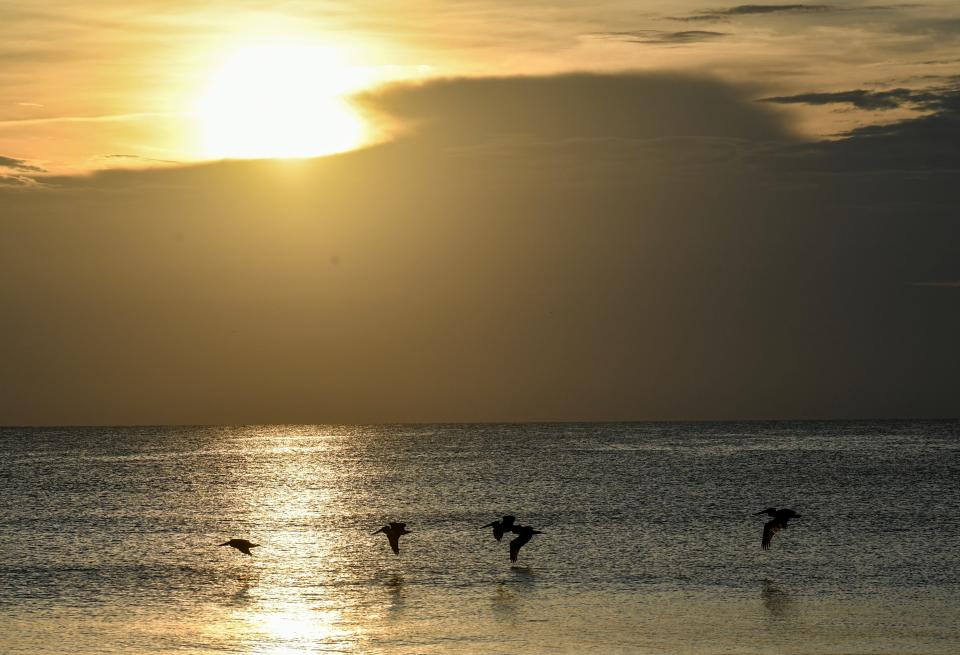
Florida's center stage in species protection would culminate in the 1970s when scientists, lawyers and activists, such as longtime Florida resident "Nat" Reed, helped write the Endangered Species Act.
Reed, raised in Greenwich, Connecticut and Hobe Sound, Florida, would become Assistant Secretary of Fish, Wildlife and Parks, and would co-write the Act. He's also credited with helping to stop the use of DDT, an insecticide that caused reproductive problems in birds of prey like the bald eagle.
Bald eagles bounce back
Over time, the act began to pay dividends, with the bald eagle soaring highest among the law's successes, especially in Florida. Fifty years ago, the nation's symbol faced extinction throughout most of its range. People shot eagles and clear-cut their habitat.
DDT, used to kill mosquitoes, also found its way into the eagles through the food chain causing reproductive problems.
The Cape Canaveral area was an early testing ground for DDT. Workers building launch pads for the military couldn't endure the vicious assaults of aggressive salt marsh mosquitoes that swarmed in black clouds. There was a Space Race and a Cold War to win. Few knew DDT's downsides until Rachel Carson's seminal book, "Silent Spring," published in 1962.
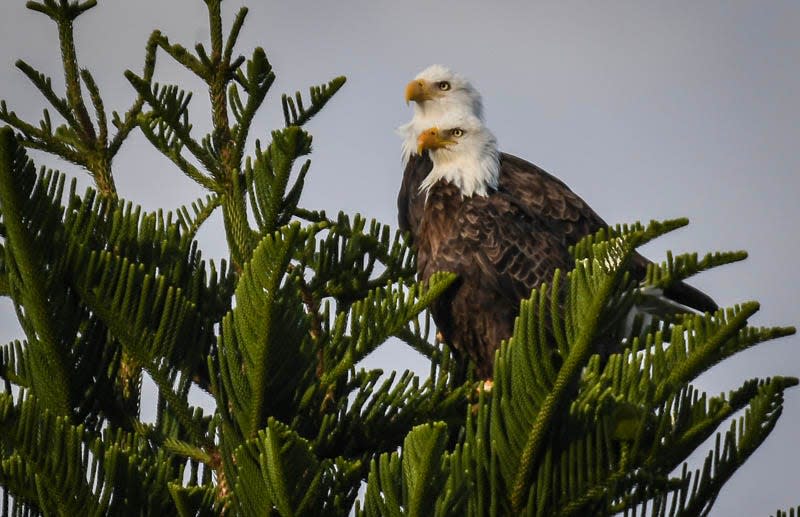
When the Endangered Species Act passed in 1973, only 88 active bald eagle nests remained in Florida, according to the Florida Fish and Wildlife Conservation Commission.
The act protected eagle habitat. And a federal ban on DDT — Florida did it first in 1972 — and countless other conservation actions brought eagles back from the brink.
By 2014, Florida had 1,500 nesting eagle pairs, making it one of the densest populations of nesting bald eagles in the lower 48 states.
The bald eagle was removed from the Endangered Species List in 2007.
But the act could only do so much.
Some species fell through the cracks, breaking the hearts of birders and other wildlife lovers.
Tragically, the act happened too late for the dusky seaside sparrow, another victim of DDT and wetlands destruction. The bird's numbers plummeted from the 1940s through the 1960s, after the ramped-up use of DDT on Merritt Island.
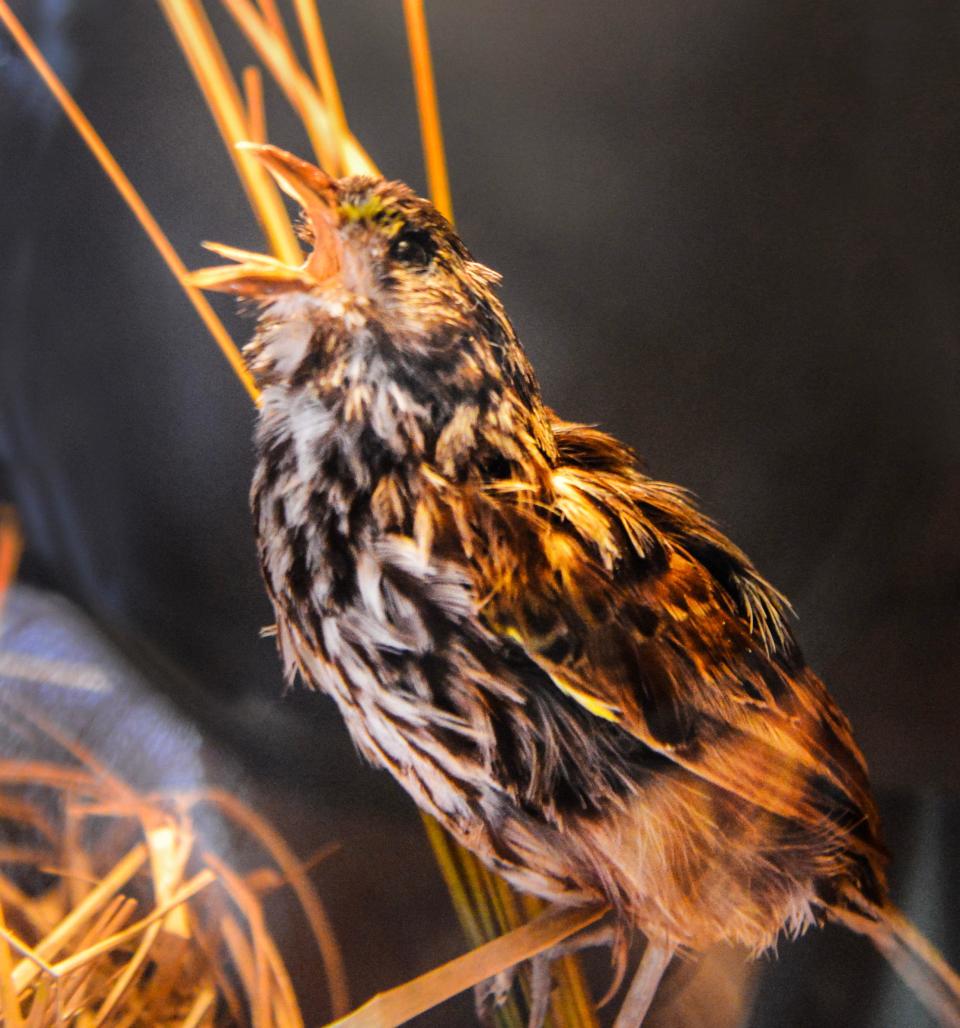
In the mid 1950s, creation of water impoundment areas to manage mosquitoes with less DDT further destroyed the salt marsh habitat the bird relied upon.
By 1987, the bird was gone. One of the last dusky seaside sparrows now perches stuffed in a glass case at the Merritt Island National Wildlife Refuge's visitor's center, its beak agape, a reminder of how easily fragile species can be lost forever.
Florida scrub jay: Threatened and politically controversial
Florida panther: Florida's majestic panther still faces threats
Sharks and alligators go tooth-to-tooth: When they fight, it gets ugly and bloody real quick
Debts coming due
While the Endangered Species Act paid dividends for Florida species, Pat Rose, of Save the Manatee Club, sees the ecological debts coming due for manatees and many other endangered species, as Florida's population continues to swell leading to more habitat destruction.
"Putting profits over sustainability has caused Florida to mortgage its environmental future to the point that Mother Nature has begun to foreclose on large expanses of our aquatic and upland ecosystems that are also ‘critical habitat’ for imperiled species like manatees, scrub jays and gopher tortoises," Rose said.
"If we don’t change our ways and make sustainability a requirement of Florida growth management, I fear we will have to file for environmental bankruptcy sooner rather than later."
Others see the only potential "bankruptcies" coming from all the economic roadblocks of what they call the act's overreaches.
"It was a good idea that has been misused, abused and mismanaged by the responsible agencies on some occasions," said Bob Atkins, president of Citizens for Florida's Waterways, a boating advocacy group in Brevard County, where most of the state's manatees live.
"Unfortunately, because of over-regulation and political agenda, those agencies have become more bureaucratic than scientific."
Blackner sees battles ahead to sustain the past 50 years of species gains in Florida but is confident that the Endangered Species Act's protections will continue to prevail.
Like many of the species it protects, the act has a strong bite.
"It has real teeth," Blackner said, "and that's why there's opposition to listing more species."
Contact Jim Waymer at jwaymer@floridatoday.com.
Support local journalism. Subscribe to your local USA Today Florida Network news site
This article originally appeared on Florida Today: Florida echoes Endangered Species Act's 50 years of wins and losses

